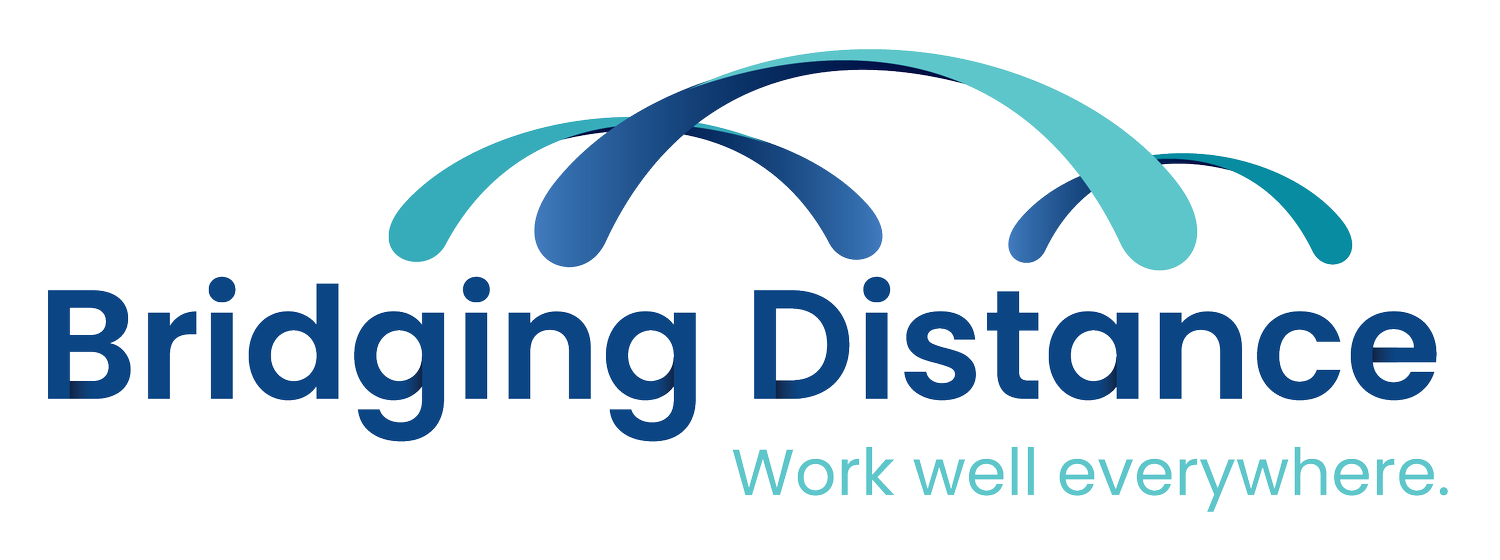Good Things Come in Post-Pandemic Packages
These days, we are having lots (and lots) of conversations with client senior management teams as they try to anticipate and plan for the hybrid, (hopefully) post-COVID environment that awaits us all.
Snackable Strategies
With so much uncertainty, many leaders have stepped back from long-term (if not mid-term) proclamations about the future, e.g., “In six months, everyone needs to be back in the office.” Instead, they are taking a “bite-sized” approach to addressing the unknown – something like, “Between now and October 1st, people have flexibility about where they work. In September, we will decide whether to change that.”
The side benefit of this approach is that leaders can take more risk (because the “bites” are smaller), and overall, things are more doable, more quickly.
The side benefit of this approach is that leaders can take more risk (because the “bites” are smaller), and overall, things are more doable, more quickly. Rather than working for months on strategy and tactics that may be unfeasible before the virtual ink is dry, the snackable approach is easier to absorb, faster to create, and exceedingly more flexible. It is also simpler to communicate, assuming senior leadership shares regular updates that are accurate, helpful, and likewise, snackable.
In practice, it’s the difference between plotting out a turn-by-turn road trip from Boston to San Francisco, and instead, simply deciding that as a first step, we are going to drive to Cleveland, and then reassess. The end goal may be the same, but the process has flexibility built into it from the start.
Hierarchical Leveling
One of the big concerns companies have in a hybrid environment is the sustainability of corporate culture. In many ways, culture is the foundation of the way decisions are made.
But if you declare that flexibility is part of your culture, you need to be consistent and absolute. Rolling out plans that dictate where and when employees work – as well meaning as those plans may be – also dictates where they live.
For many people, that’s anything but flexible. In a labor market as tight as ours is now, you are at a serious disadvantage if you don’t embrace flexibility fully (because somebody else will).
Some Things to Keep in Mind
With everyone on Zoom at all levels of the organization, two things have happened.
Even if your preference is to be in the office, you need to spend at least some time working remotely.
First, for those who would not normally sit on the same floor (or even in the same building) as senior leaders, they suddenly have real time, face-to-face access to them. This is unprecedented. It’s not just a “town hall” with some Q&A; it’s an opportunity for up-and-coming staff to be seen and recognized across the organization.
On the flip side, our Zoom-centric lives have given senior leaders more visibility into their organizations than ever before. Rather than learning about what is happening several levels down through whitewashed handoffs that occur as information moves up the chain of command, they are now hearing it directly, absent any spin.
Overall, and in both directions, there has been much more transparency – about how senior leaders think, what junior staff does, and how the wheels of the organization actually turn, day to day.
Onboarding Shifts
In a world that is entirely virtual, relationships are built faster and more broadly – no need to fly across the country or wait for the next all-staff offsite to make a connection. That said, in a virtual world, company culture learning occurs more slowly; it’s much more difficult to grasp “the way things get done” through a Zoom call.
So, what’s the positive? If previously, the culture was something floating in the air that one had to breathe to understand, companies have now been pushed to be more conscious of who they are and how they work, and to formalize it with training and documentation.
In a hybrid environment, onboarding must include more cultural aspects, such as how meetings are run, how customer complaints are handled, how internal disagreements are sorted out, etc.
In a hybrid environment, onboarding needs to be more than just, “here’s how you get your employee badge and submit payroll.” It must include more cultural aspects, such as how meetings are run, how customer complaints are handled, how internal disagreements are sorted out, etc.
The success of hybrid onboarding is very much dependent on how much the company (or, at least, the HR or team leader) has created and communicated an explicit plan. This includes things such as a formal, 1:1 or small group meet-and-greet meeting schedule and assigning a person (or two) as “ambassador,” to shepherd them through the process and answer questions.
By the way, this shift in onboarding expands the available talent pool. The less my physical presence is required for me to truly be part of and contribute to an organization, the more people – regardless of where they are located – the organization has to choose from.
Remote Working Workks
Remote working is not returning to its previous status as a “nice to do” or an occasional employee benefit. Especially in companies that struggle to attract and retain top talent, it is now (and likely forever) baked into the way knowledge businesses operate.
Are there some negatives to remote work? Absolutely. But on the whole, there are many benefits worth noting as well.
Are there some negatives that have resulted from our abrupt, worldwide, 18-month experiment in remote work? Absolutely. They are widely written about, and often used as justification for mandating return to physical office. But on the whole, as companies and employees continue to get more comfortable with this new way of operating, there are many benefits worth noting as well. For these last 18 months, and the previous 20+ years, we have been honored to partner with companies to increase remote employee engagement and team productivity to work well everywhere.
Stefanie Heiter

